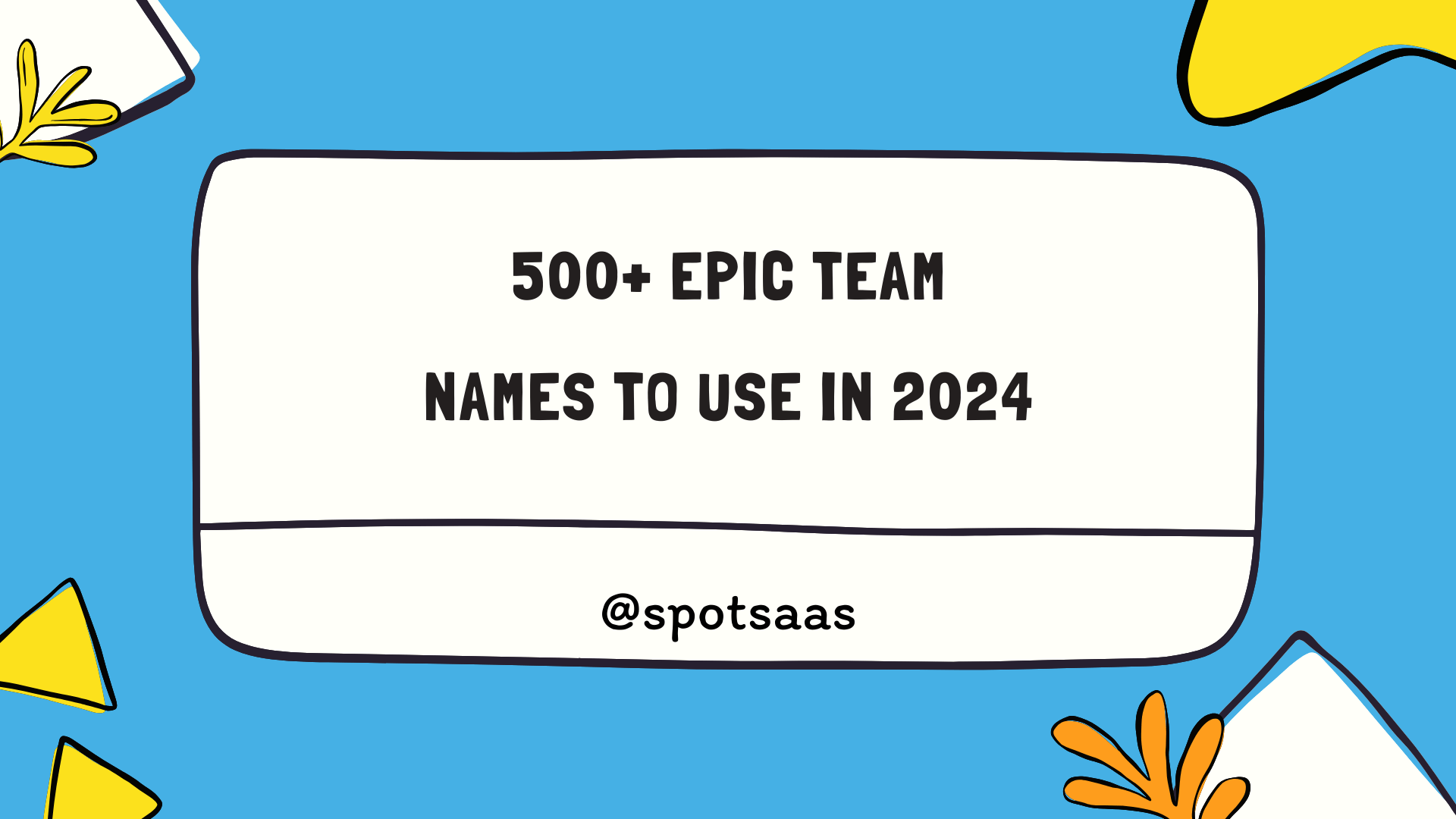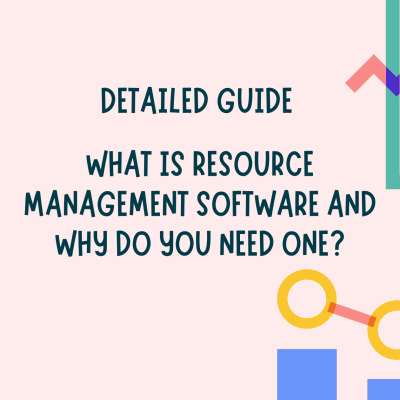How To Choose The Best Performance Management System
Are you overwhelmed trying to select the best performance management system for your company? The importance of a robust and effective system cannot be overstated, as it directly impacts productivity and growth.
This article presents an in-depth buyer’s guide to help you navigate this crucial decision with confidence and ease. Let’s dive in, because making the right choice could set your team up for unparalleled success!
What is a Performance Management System?
A Performance Management System is a software solution designed to help organizations track and evaluate employee performance in order to improve productivity and achieve strategic goals.
Importance
A good Performance Management System is a must for all businesses. It helps keep workers on track and pushes them to do better. Your business can grow fast with such a system. It lets you check how your staff are doing their job, set new goals, and plan for growth.
A top-quality system makes sure employees know what they have to do and how well they are doing it. This way, they feel more part of the team and try harder at work. The right tool also builds up trust between managers and staff by giving useful feedback.
Essential Features of a Performance Management System
A performance management system should include essential features such as goal setting, performance reviews, performance improvement plans, analytics and reporting, and integrations with other tools or systems.
These features are crucial for effective evaluation and development of employees’ performance.
Goal Setting
Goal setting is a key part of any performance management system. Goals help teams know what they aim to do. They make clear the things each person needs to achieve. This can guide work and show if progress gets made or not.
A good goal setting tool lets you set, track, and reach goals easily. It makes sure all team members focus on the same tasks for success. Teams can plan their work better with clear goals in place.
Keep in mind that set goals should be reachable and match with the work being done.
Performance Reviews
Performance reviews are a crucial part of any performance management system. They give employers and employees the opportunity to discuss job performance, provide feedback, and set goals for improvement.
These reviews help identify strengths and weaknesses, address any problems or concerns, and encourage professional growth. By regularly conducting performance reviews, companies can ensure that their employees are on track to meet their objectives and contribute effectively to the organization’s success.
It also allows managers to recognize top performers and provide support or additional resources where needed. Performance reviews promote open communication, accountability, and employee development within the company.
Performance Improvement Plans
Performance Improvement Plans (PIPs) are an essential feature of a performance management system. PIPs help identify and address areas where employees may be struggling or underperforming.
These plans provide a structured approach to improving performance by setting specific goals and outlining steps for improvement.
A good PIP should have clear and measurable objectives that align with the employee’s job responsibilities. It should also include regular check-ins or progress reviews to track improvements.
By implementing PIPs, organizations can support their employees in reaching their full potential and achieving better results.
Some key benefits of using PIPs include increased productivity, improved employee engagement, and enhanced communication between managers and employees. With the right performance management software, HR departments can easily create, monitor, and update PIPs for individuals or teams.
Analytics and Reporting
Analytics and reporting are key features to look for when choosing a performance management system. These tools provide valuable insights into employee performance, allowing you to make data-driven decisions.
With analytics and reporting, you can track progress toward goals, identify areas for improvement, and measure the impact of your performance management initiatives. The best systems offer customizable dashboards and reports that allow you to visualize data in a way that suits your needs.
This helps you stay informed about how your team is performing and enables you to take timely action to drive productivity and growth.
Integrations
Integrations are an important aspect to consider when choosing a performance management system. Having integrations means that the software can connect and work together with other tools and systems that your company already uses.
This allows for seamless data transfer and improved efficiency. For example, integration with your HR system can ensure accurate employee data in the performance management system.
Integration with project management tools can help align goals and track progress easily. Look for a performance management system that offers integrations with the key tools you use in your organization to streamline processes and ensure smooth collaboration between different platforms.
How to Choose the Best Performance Management System
When choosing the best performance management system for your company, it’s important to assess your company’s needs, evaluate ease of use, consider customer support and training options, compare free vs.
paid options, and budget for performance management software.
Assessing your company’s needs
To choose the best performance management system for your company, you need to assess your needs. Here are some important factors to consider:
- Identify your specific goals and objectives.
- Determine the size and scale of your organization.
- Consider the number of employees you have.
- Evaluate the current performance management processes in place.
- Assess the level of customization and flexibility required for your organization.
- Determine if you need support for remote or distributed teams.
- Consider any regulatory or compliance requirements that apply to your industry.
- Evaluate the technology infrastructure and resources available within your organization.
- Determine if you need integration with other systems such as HR or payroll.
Evaluating ease of use
When choosing a performance management system, it is crucial to evaluate its ease of use. This means considering how user-friendly the software is and whether it can be easily navigated by employees at all levels.
An intuitive interface and simple processes will ensure that everyone in your organization can effectively utilize the system without requiring extensive training or support. Additionally, an easy-to-use performance management system will save time and minimize frustration for both managers and employees, allowing them to focus more on achieving their goals and improving performance.
Considering customer support and training options
When choosing the best performance management system, it’s important to consider customer support and training options. Here are some key factors to keep in mind:
- Accessibility of Customer Support:
- Ensure that the performance management system provider offers reliable and responsive customer support.
- Look for options like phone, email, or live chat support, so you can quickly get assistance when needed.
2. Training Resources:
- Check if the provider offers training resources such as user guides, video tutorials, or online forums.
- These resources can help you and your team understand how to effectively use the performance management system.
3. Onboarding Assistance:
- Consider whether the provider offers onboarding assistance to help set up the system and migrate data.
- This can save time and ensure a smooth transition to using the new software.
4. Customization Support:
- Find out if the provider offers customization support to tailor the performance management system to your specific needs.
- Customization options can allow you to align the system with your organization’s processes and goals.
5. User-Friendly Interface:
- Look for a performance management system that has an intuitive interface that is easy for both administrators and employees to navigate.
- A user-friendly interface reduces the learning curve and ensures efficient usage of the system.
6. Training Programs:
- Check if the provider offers training programs or workshops specifically designed for using their performance management software effectively.
- These programs can help your team maximize the benefits of the system and improve their overall skills in performance management.
Comparing free vs. paid options
In determining the best performance management system for your business, it’s crucial to weigh the pros and cons of both free and paid options. While free systems may seem attractive initially due to their cost-effectiveness, they may lack some essential features and support that paid versions provide. On the other hand, paid systems, while often more comprehensive, come with their own cost considerations.
| Features | Free Options | Paid Options |
|---|---|---|
| Cost | No initial cost. Good for small businesses or startups with tight budgets. | Requires investment. Prices may vary depending on the scale of the business and the software’s features. |
| Functionality | Basic features. May lack some advanced functionalities like analytics and reporting, integrations, and performance improvement plans. | Comprehensive features. Includes advanced functionalities like analytics and reporting, integrations, and performance improvement plans. |
| Customer Support and Training | Usually limited or nonexistent. Users are often left to figure out how to navigate the system on their own. | Companies generally offer extensive customer support and training, ensuring users can get the most out of their software. |
| Customization and Scalability | Limited customization options. May not scale effectively with business growth. | Offer higher degrees of customization and scalability. Can grow and adapt with the business. |
| Updates and Maintenance | Infrequent updates. Maintenance may be unreliable. | Frequent updates. Reliable maintenance schedules to ensure the software is always running smoothly and up to date. |
It’s essential to consider these factors before committing to a performance management system. The right tool should align with your business needs, helping you achieve peak performance and enhance productivity. Whether a free or paid solution fits this bill depends largely on your unique business circumstances and requirements.
Budgeting for performance management software
When budgeting for performance management software, it’s important to consider the affordability of different options and how they align with your company’s needs. Look for software that offers a range of pricing plans, whether it be monthly or annual subscriptions, so you can choose one that fits within your budget.
Additionally, take into account any additional costs such as implementation fees or training expenses. Remember to also consider the scalability of the software – will it grow with your business and accommodate future needs? By carefully considering your budget and evaluating the value provided by each option, you can select a performance management system that is both effective and financially sustainable for your organization.
Final Thoughts and Recommendations
In conclusion, choosing the best performance management system for your company is crucial to optimize productivity and drive growth. By assessing your needs, evaluating ease of use, considering customer support options, comparing free vs.
paid options, and budgeting wisely, you can make an informed decision. Remember to prioritize features like goal setting, performance reviews, analytics and reporting, integrations, and employee feedback systems.
With the right performance management system in place, you can empower your employees and achieve peak performance.
Conclusion
In conclusion, choosing the best performance management system requires careful evaluation of your company’s needs and considering factors like ease of use, customer support, and budget.
By taking these steps, you can find a system that enhances employee performance, streamlines processes and drives growth. With the right performance management software in place, your organization can achieve peak productivity and success.




